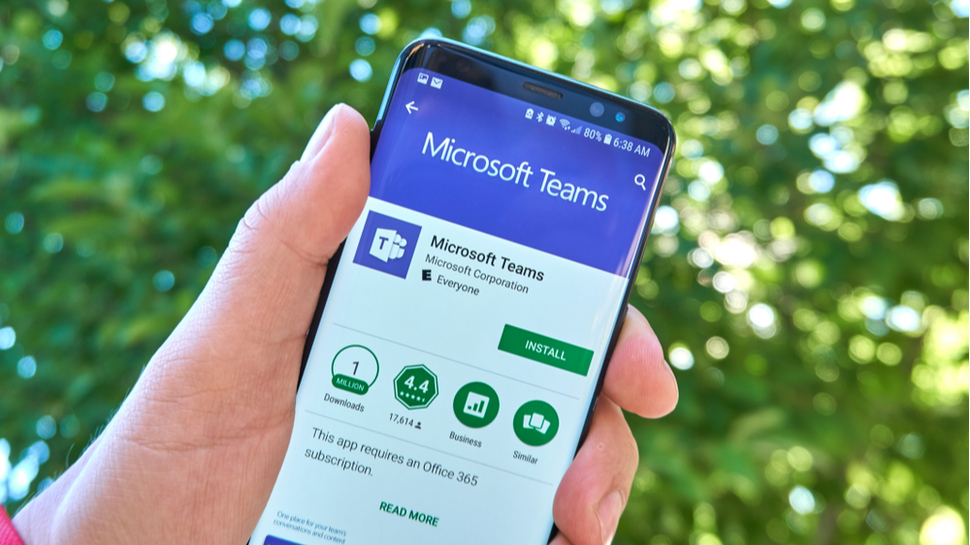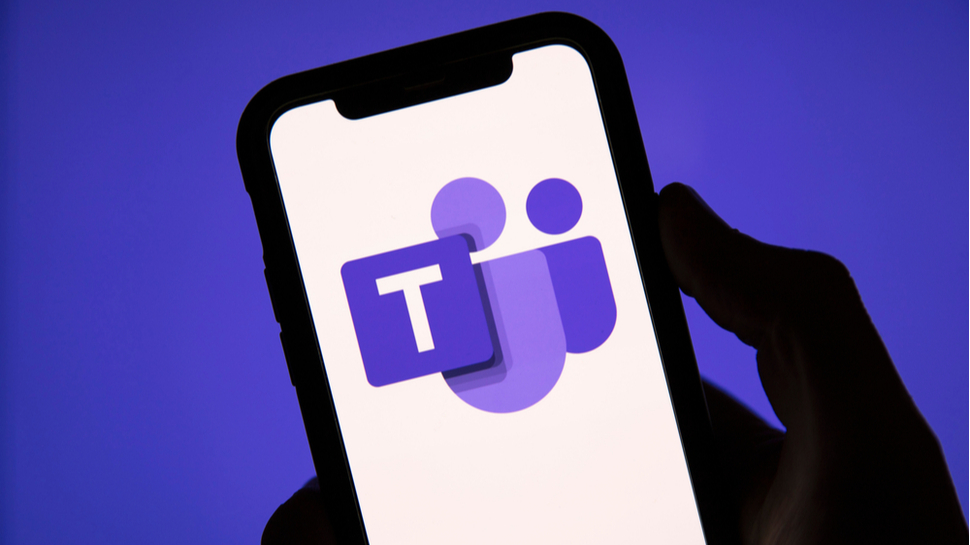Microsoft Teams is a collaboration and video conferencing service designed to help people communicate is whatever way they find easiest. The service allows users to communicate via text chat, voice or video call and also benefits from synergies with various other Microsoft 365 services, such as OneDrive and PowerPoint. Although Teams started out as a business application, Microsoft has recently been promoting the service as a consumer product too and, accordingly, has built it into the heart of Windows 11. The free version of Microsoft Teams offers a generous feature set that will be sufficient for many individuals and small businesses, while a paid version is available for larger organizations after a more comprehensive solution. Microsoft Teams clients are available on Windows, macOS, Linux, Android and iOS, so employees can communicate from pretty much any device. What is it? A collaboration and video conferencing service The free version of Microsoft Teams boasts all the features employees will need to collaborate remotely and could be a perfectly suitable option for smaller businesses. Unlimited text chat and search, group video conferencing, one-on-one video calls, 2GB of cloud storage per person (or 10GB across the entire team) and access to web-based versions of Word, Excel, PowerPoint and OneNote all come free of charge. However, the free version of Microsoft Teams lacks a few important security and administration facilities - such as enforced multi-factor authentication, single sign-on and user management - that most businesses are likely to need. If you’re looking to upgrade your Microsoft Teams subscription, there are three options available: Microsoft 365 Business Basic, Microsoft 365 Business Standard and Microsoft 365 Business Premium. Microsoft 365 Business Basic is available for $5.00 per user per month (£3.80/AU$6.90), and includes the ability to schedule and record Microsoft Teams meetings, boosts the file storage capacity to 1TB per user and includes the additional security features mentioned above. Office 365 Business Standard, meanwhile, costs $12.50 per user per month (£9.40/AU$17.20). It features all the benefits of the cheaper package, but also includes desktop versions of Microsoft’s famous productivity applications (Word, Excel, PowerPoint etc.) and business apps such as Bookings, Invoicing and MileIQ. Finally, Office 365 Premium adds advanced security and privacy features, as well as a greater range of device management options. This package will run your business $20.00 per user per month (£15.10/AU$27.50). To download Microsoft Teams to your device, simply follow this link to the Microsoft Teams download page. From here, you can download the Microsoft Teams app for desktop or mobile, or you can enter your email address in the relevant field and Microsoft will deliver a download link directly. Those looking to download Microsoft Teams mobile app can also navigate to the relevant app store on their device, be that Google Play Store or the Apple App Store. Microsoft Teams offers all the core collaboration features, from high-quality video conferencing to phone calls, text chat and group messaging. When it comes to the in-meeting experience, the service provides users with a variety of tools, such as custom and blurred backgrounds, different viewing modes, breakout rooms and text chat. Users can also share their screen during presentations, making it easier for audience members to follow along. Teams allows meetings to be recorded, which means people unable to attend can catch up on anything they missed. And since the start of the pandemic, Microsoft has introduced a few important accessibility features too, such as live captions and transcription. What sets Teams apart from its competitors, however, is its position within the wider Microsoft 365 suite of apps and services. For example, Teams is intertwined closely with OneDrive and SharePoint, making file-sharing easy and intuitive. An upcoming PowerPoint integration, meanwhile, is set to make managing notes during presentations and engaging with the audience less challenging. When it comes to video conferencing security, end-to-end encryption (E2EE) is considered the holy grail. Under this system, communication between meeting participants is encrypted using cryptographic keys held only on users’ devices. This means no third party, including the service provider, has access to the keys to decrypt private meeting data. Microsoft Teams is a few steps behind the competition where E2EE is concerned. Only very recently have Teams users had access to this extra level of protection, and even then only for 1:1 calls (providing both users remember to activate the feature). That said, Microsoft has taken strong steps to prevent a practice known as “Zoombombing”, whereby an uninvited individual invades and disrupts a meeting. And the company has also added a handy disable video function that should help limit disruptions caused by legitimate attendees. According to the Microsoft website, Teams also enforces two-factor authentication and encryption of data in transit and at rest. To ensure customers remain compliant with relevant regulations, meanwhile, Microsoft lets users make choices about the location of the data centers used to process their data in transit. As for customer service, Microsoft offers pretty much all avenues of support you might expect - with the exception of a live chat service. The first port of call should be the extensive knowledge base, but otherwise users can seek further help via Microsoft 365 support channels, which include an online form, phone support and a dedicated Get Help app. Microsoft Teams has native clients for all the major operating systems, including Windows, macOS, Linux, Android and iOS. Attendees can also join sessions via web browser if they please. Although Microsoft Teams will likely provide for almost every collaboration need, there are plenty of excellent Microsoft Teams alternatives on the market too - and not just Zoom. Here are a few alternatives to Microsoft Teams that could make an equally good choice for businesses looking for the best video conferencing, VoIP and collaboration solutions around: - ZoomCut to the chase
What platforms is it on? All major operating systems
How much does it cost? Depends on the plan, but a free version is available
Who is the target audience? Predominantly business users, but regular consumers tooFree version or paid?

Download Microsoft Teams
Microsoft Teams features

Security
Support
Microsoft Teams alternatives
- Google Meet
- GoToMeeting
- RingCentral
- Cisco WebEx
source https://www.techradar.com/news/what-is-microsoft-teams-how-it-works-tips-and-tricks-and-best-alternatives/
Rule #21 of the internet: Original content is original only for a few seconds before getting old.
